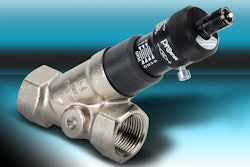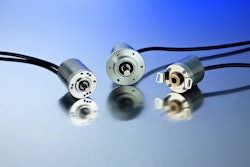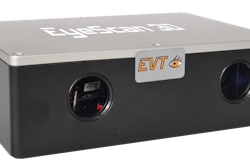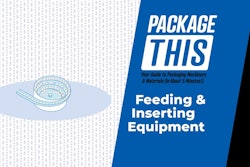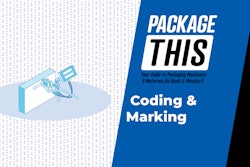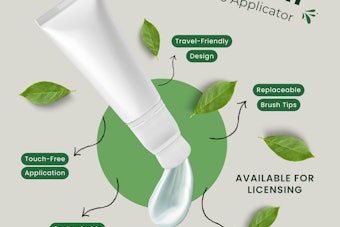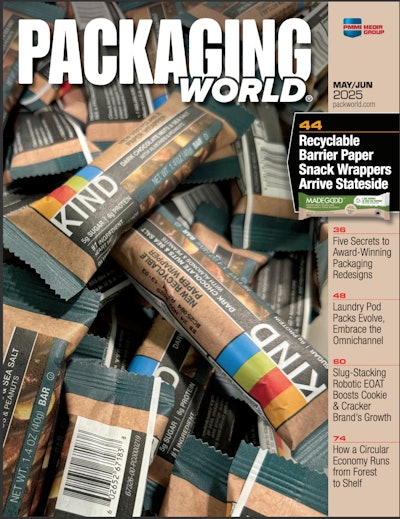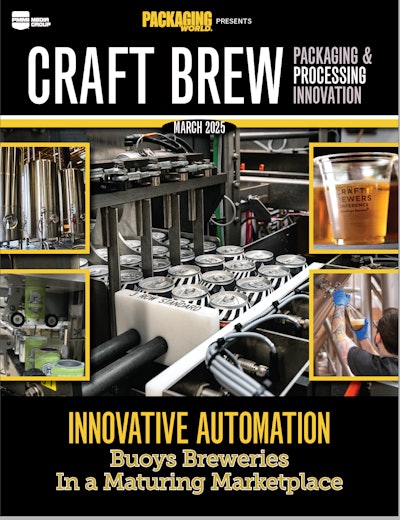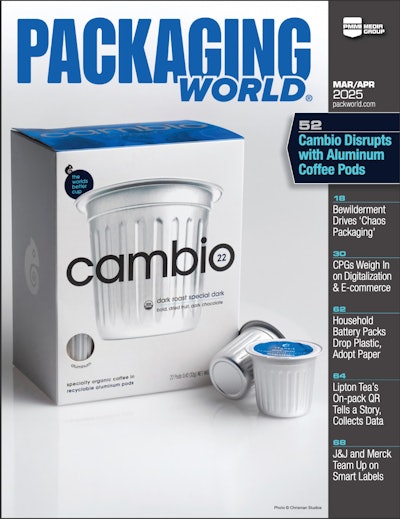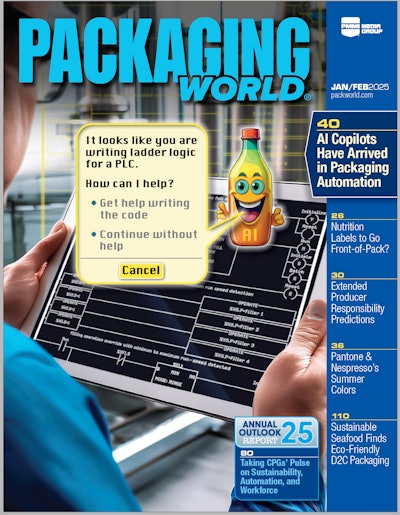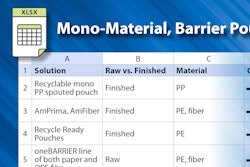MillerCoors Larry Trunek, Manager of Manufacturing Systems in Corporate Engineering, is wondering if the lockout-tagout-tryout routine required by law under OSHA regulations is in need of a little updating.
The question has surfaced as MillerCoors looks at buying a turnkey line from a European builder of packaging equipment. “To make a long story short,” says Trunek, “when you buy equipment from the European Community, they follow the IEC 13849 standard. It allows for supplemental protection during package size changeover and does not require lockout-tagout-tryout. Under that standard, if I’m going to change carton size on a cartoner, all I do is open up a guard door or hit an e-stop button. The control circuit has a high enough reliability that you can safely complete changeover without lockout-tagout-tryout. But in the U.S., OSHA regulations require lockout-tagout-tryout for changeover. When we point that out to the European suppliers, they say supplemental protection is enough. But our response to them is that every letter of interpretation we’ve ever seen from OSHA says supplemental protection is not enough, that lockout-tagout-tryout is required for changeover.”
Trunek says that MillerCoors’ research shows that Procter & Gamble and General Motors have been able to file and receive exceptions for lockout-tagout-tryout prior to changeover from OSHA. MillerCoors is seeking further clarification on how these exceptions were engineered. One thing Trunek does point out is that the OSHA laws are a bit long in the tooth.
“Those regulations were written in the fifties and sixties, long before control-reliable, dual-channel safety circuits were even dreamt about,” says Trunek. “OSHA should be looking at updating the standard. In my opinion, supplemental protection of the current safety devices is better and safer than lockable three-phase disconnects. Because a lockable three-phase disconnect is a single-channel device, and after x number of thousands of operations, it’s past the MTBF.”
So why is all of this surfacing now when everyone knows that European packaging machinery vendors have been active in the U.S. marketplace for years now? “That’s a good question,” says Trunek. “When we pose it to the European machinery suppliers, they say ‘Hey, other customers in the U.S. don’t have a problem with it.’ I guess it’s like that 800-lb elephant in the room that no one wants to acknowledge.”
If anybody has any insight into this dilemma, please let me know at [email protected]



